- 25 candles for First Thursday
- BodyVox leans horizontally
- William Hurt and Harold Pinter duke it out
- Wordstock throws a bookapalooza
- Oregon Arts Watch puts on a show (times three)
- A double feature at Oregon Ballet Theatre
- Portland Open Studios’ peek behind the scenes
By Bob Hicks
Good lord, what a weekend. Used to be, a person who really tried could actually keep up with significant cultural happenings in Puddletown. Kiss those days goodbye. Portland’s grown up (in a lot of ways, anyway) and we’ve entered pick-and-choose time. You’ll never catch everything worth catching, so pick what looks most intriguing to you and resign yourself to missing out on some good stuff. Even Don Juan can’t sample all the pleasures in the pantry.
A few ideas:
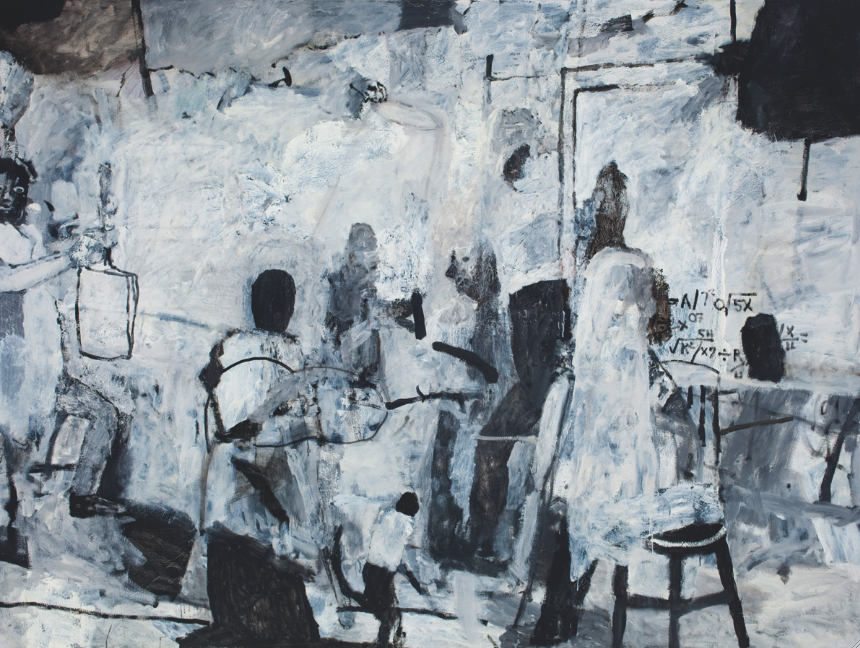 Tom Prochaska, So Much To Do, Froelick Gallery
Tom Prochaska, So Much To Do, Froelick Gallery
Tonight is First Thursday, the mainline Portland galleries’ monthly art hop, and it happens to be the 25th anniversary of the first art walk, in October 1986. Kelly House has this story in this morning’s Oregonian about how First Thursday and the Pearl District grew together, and I have this rundown (partial, as always), also in The Oregonian, of highlights of the October visual art scene. Personal tip: If you have business in Salem, or a free day for a short trip, the double-header of Italian Renaissance drawings from the Maggiori Collection and 22 prints from Georges Rouault’s Miserere et Guerre series at the Hallie Ford Museum of Art is well worth the visit.
*
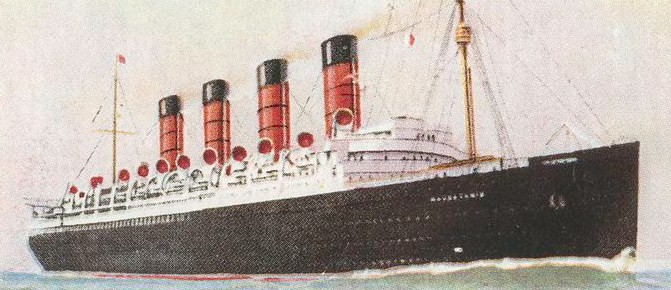
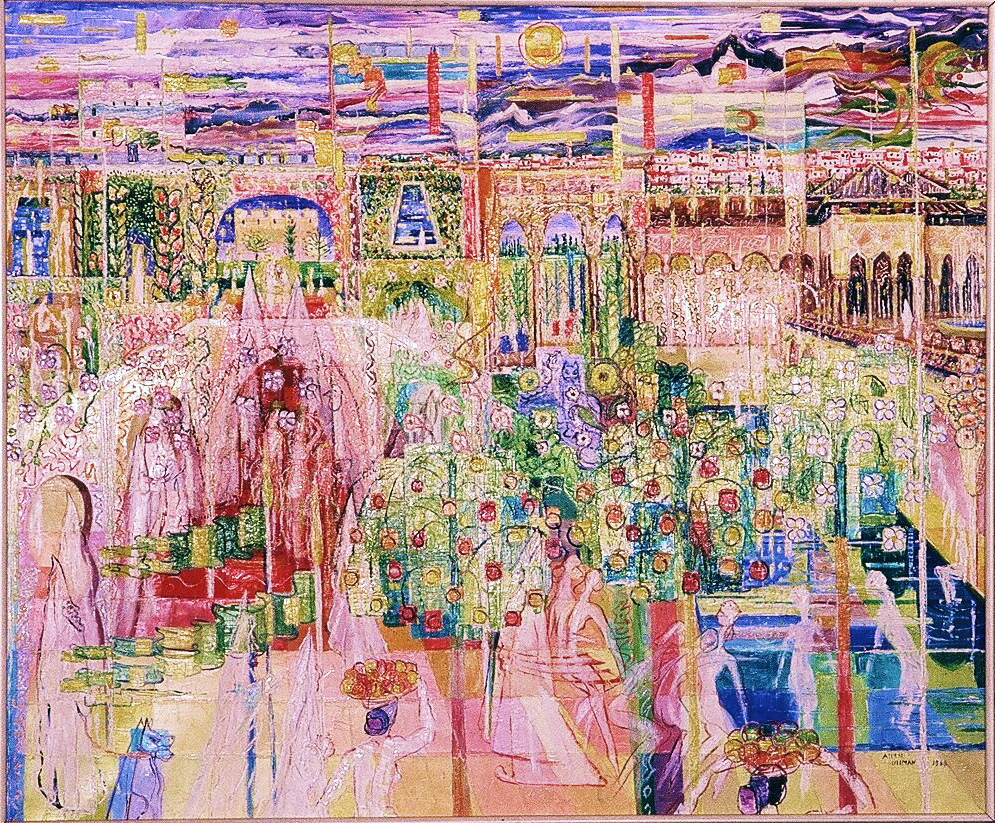
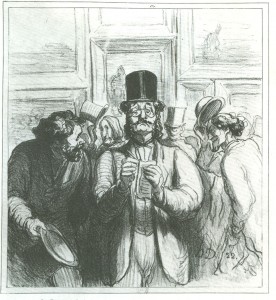 I have been a critic.
I have been a critic. It was the second recent new contemporary dance piece in town in which the music was an essential and equal partner to the dancemaking, defining and pushing the ideas as much as the choreography itself. (The first was
It was the second recent new contemporary dance piece in town in which the music was an essential and equal partner to the dancemaking, defining and pushing the ideas as much as the choreography itself. (The first was 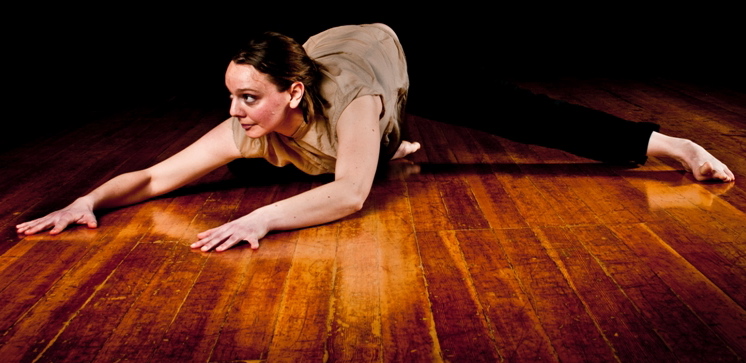 Todd Stephen
Todd Stephen
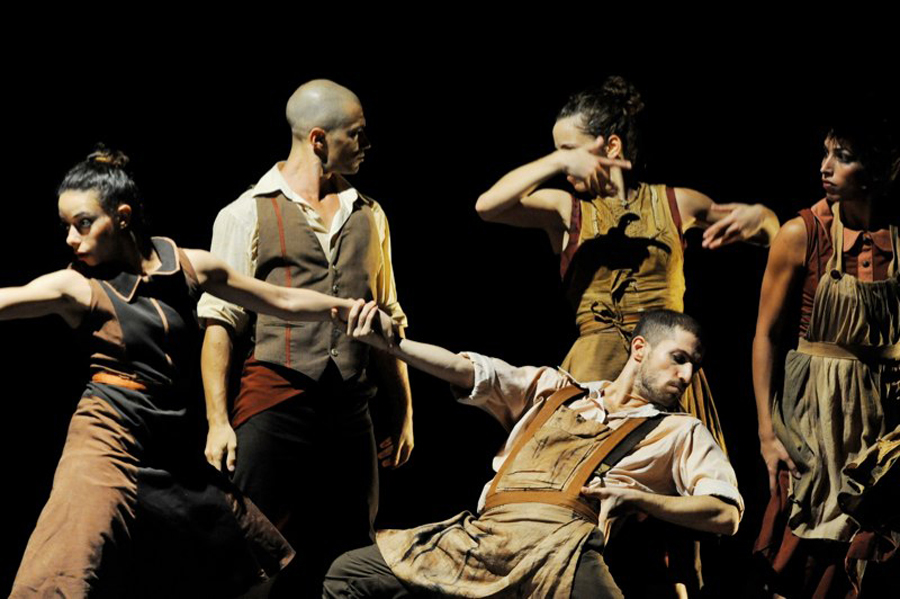 Gadi Dagon
Gadi Dagon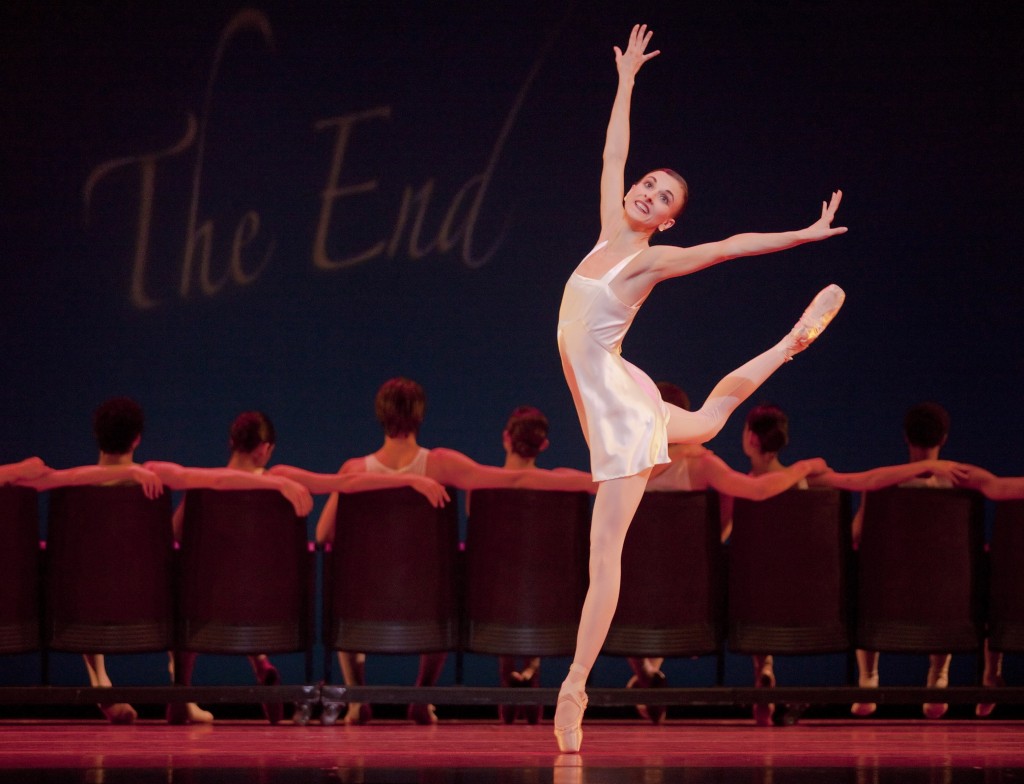 Anne Mueller in Eyes on You. Photo: Blaine Truitt Covert
Anne Mueller in Eyes on You. Photo: Blaine Truitt Covert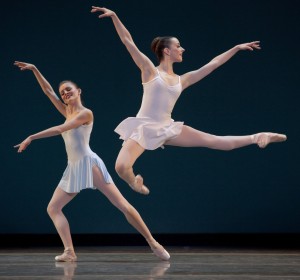 When
When 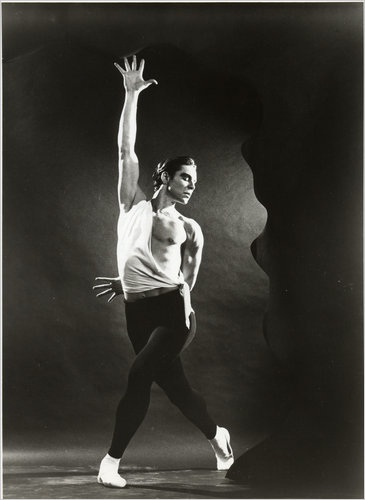 Few dancers are as capable of eloquence with words as they are with their bodies, but there are exceptions. Jacques d’Amboise, one of this country’s first homegrown great male ballet dancers, is one of them, and he’ll be in town to talk about his new book,
Few dancers are as capable of eloquence with words as they are with their bodies, but there are exceptions. Jacques d’Amboise, one of this country’s first homegrown great male ballet dancers, is one of them, and he’ll be in town to talk about his new book,